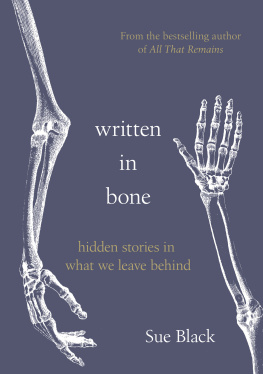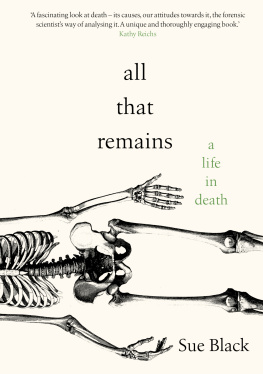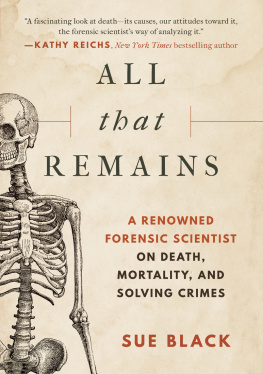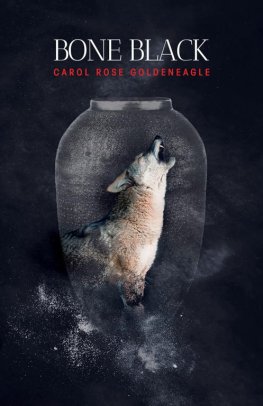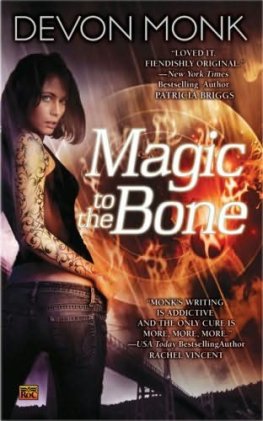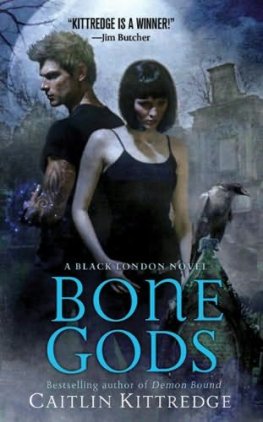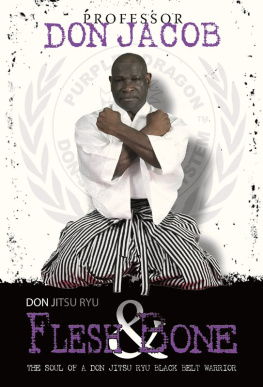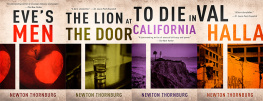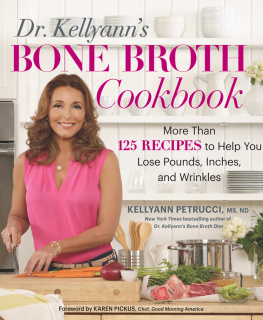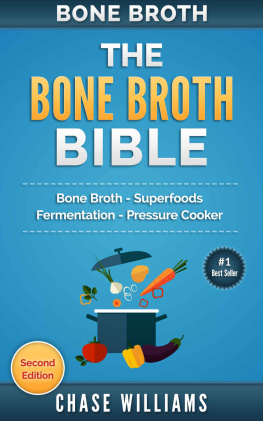Sue Black - Written In Bone
Here you can read online Sue Black - Written In Bone full text of the book (entire story) in english for free. Download pdf and epub, get meaning, cover and reviews about this ebook. year: 2020, publisher: Transworld, genre: Detective and thriller. Description of the work, (preface) as well as reviews are available. Best literature library LitArk.com created for fans of good reading and offers a wide selection of genres:
Romance novel
Science fiction
Adventure
Detective
Science
History
Home and family
Prose
Art
Politics
Computer
Non-fiction
Religion
Business
Children
Humor
Choose a favorite category and find really read worthwhile books. Enjoy immersion in the world of imagination, feel the emotions of the characters or learn something new for yourself, make an fascinating discovery.
- Book:Written In Bone
- Author:
- Publisher:Transworld
- Genre:
- Year:2020
- Rating:5 / 5
- Favourites:Add to favourites
- Your mark:
- 100
- 1
- 2
- 3
- 4
- 5
Written In Bone: summary, description and annotation
We offer to read an annotation, description, summary or preface (depends on what the author of the book "Written In Bone" wrote himself). If you haven't found the necessary information about the book — write in the comments, we will try to find it.
Written In Bone — read online for free the complete book (whole text) full work
Below is the text of the book, divided by pages. System saving the place of the last page read, allows you to conveniently read the book "Written In Bone" online for free, without having to search again every time where you left off. Put a bookmark, and you can go to the page where you finished reading at any time.
Font size:
Interval:
Bookmark:


Professor Dame Sue Black is one of the worlds leading anatomists and forensic anthropologists. She is also the Pro-Vice Chancellor for Engagement at Lancaster University. She was the lead anthropologist for the British Forensic Teams work in the war crimes investigations in Kosovo. She was one of the first forensic scientists to travel to Thailand following the Indian Ocean tsunami to provide assistance in identifying the dead. Sue is a familiar face in the media, where documentaries have been filmed about her work, and she led the highly successful BBC Two series History Cold Case.
Sue was appointed Dame Commander of the Order of the British Empire in the 2016 Queens Birthday Honours for services to forensic anthropology. She is the author of the critically acclaimed Sunday Times bestseller All That Remains.
All That Remains
For Tom.
My whole life seeming to start and end with you.
Flesh forgets: bones remember
Jon Jefferson
W RITER
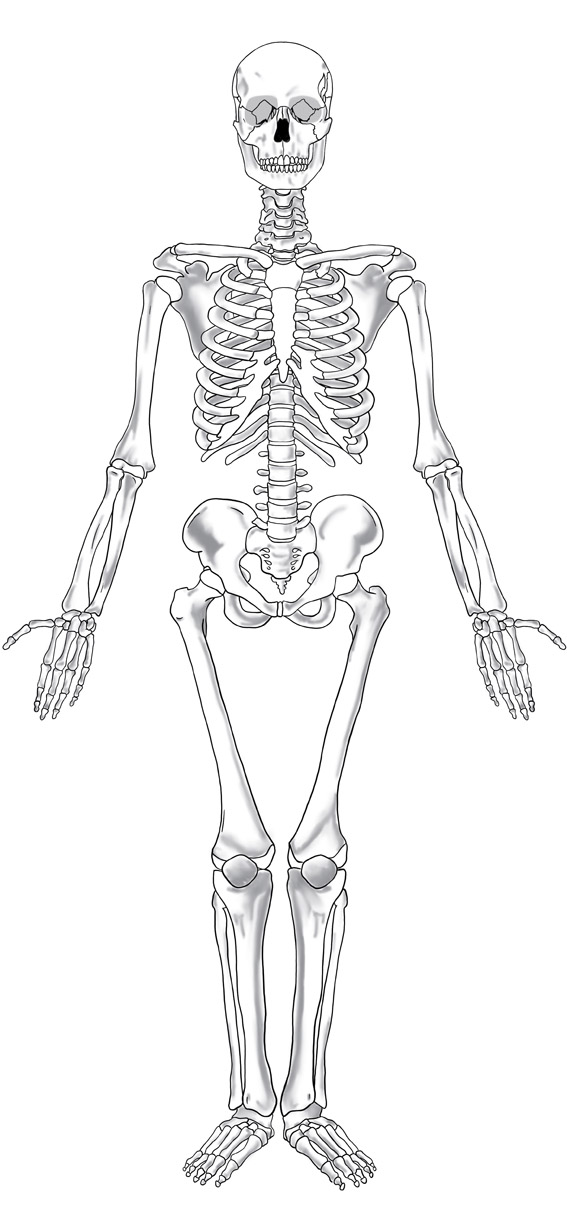
It is not only in our brains that the memories of our lives are laid down. The adult human skeleton is made up of over two hundred bones and each has its own story to share. Some will tell it willingly to anyone who cares to ask; others guard it jealously until a deft, persistent scientific investigator cajoles them into revealing their truths. Our bones are the scaffold for our bodies and they survive long after the skin, fat, muscle and organs have dissolved back into the earth. They are designed to be robust, to hold us upright and to give us form, so it is logical that they should be the last sentinels of our mortal life to bear witness to the way we lived it.
We are used to seeing bones as dry and dead, but while we are alive, so are they. If we cut them they bleed, if we break them they hurt, and then they will try to repair themselves to regain their original shape. Throughout our existence they grow with us, adapting and changing as our lifestyle alters. The human skeleton is a living and complex organ that requires feeding and maintenance through nutrients transferred from our gut via the vast arterial network that surrounds it, with the equally complicated venous and lymphatic networks removing all the debris.
Minerals such as calcium and phosphorus, and trace elements such as fluoride, strontium, copper, iron and zinc, are modelled and remodelled continuously into our living bone structure to create its solidity and rigidity. But if bone were made up solely of inorganic materials it would be really susceptible to fracturing, so it also has an organic component, collagen, which builds in pliability. Collagen, a protein, takes its name from the Greek word for glue, and it literally holds the mineral parts of bone together to provide us with a complex amalgam that maximizes both strength and flexibility.
We used to do an experiment in our school biology class which showed the respective functions of these two basic-level components. We would take two bones, usually rabbit thighs (often sourced from my fathers shooting expeditions), and burn the first one in a furnace oven to remove the organic element. All we were left with was the mineral part of the bone, devoid of all the elastic components that hold it together: essentially, just ash. The bone would momentarily retain its form until you picked it up, whereupon it would suddenly crumble into dust.
The second bone we would place in hydrochloric acid, which leached out the mineral component. What remained was a rubbery bone shape, drained of all the minerals that had given it its rigidity. If you squeezed this between your fingers it felt like an eraser, and you could bend it in the middle so that each end was touching the other without it breaking. Neither component, organic nor inorganic, is on its own fit for purpose; in combination, they work together to provide us with the backbone of evolution and existence.
While bones may look quite solid, when you cut them open, you can see that they consist of two quite different types. Most of us will be aware of this from the animal bones in our cooked meat or those our dogs chew. The thick, outer shell (compact bone) has a dense, ivory-like appearance, while its more delicate inner latticework scaffolding (cancellous, or trabecular, bone) resembles honeycomb. The internal spaces are filled with bone marrow, which is a combination of fat and blood-producing cells. It is here that our red blood cells, white blood cells and platelets are made. Our bones, then, are much more than just a frame on which to hang our muscles. They are also a mineral store, a factory for blood components and the protectors of our internal organs.
With bone constantly remodelling throughout our lives, it is believed that the human skeleton essentially replaces itself every fifteen years. Some parts are replaced more quickly than others: cancellous bone reforms more often, while compact bone takes the longest. Over the years we may have many microfractures in our cancellous bone, where individual struts can break, so these need to be replaced promptly before the whole bone collapses. This continuous housekeeping of our skeleton largely goes on without affecting the original shape of the bone. However, since modifications will occur when parts are damaged, or as age alters how we replace those parts, the appearance of our skeleton does gradually change over our lifetime.
What we consume to nourish our bones is therefore vital in enabling our bodies to continue to function to their optimal capability. Bone mineral density probably reaches its peak in our fourth decade. Pregnant and breastfeeding mothers in particular draw on those resources, and, as we get older, we all do, leaving our bones increasingly depleted and our skeleton more brittle. This becomes particularly marked in postmenopausal women, when the protective action of oestrogen ceases due to the reduction of hormones in the body. As oestrogen depletes, so the floodgates open: bone mineral leaches out of the skeleton and is not replaced, and the bones become more fragile. This may lead to osteoporosis, which leaves us vulnerable to fractures, usually in the wrist, hip or spine, but they can occur in any part of the body as a result of a fall or any kind of trauma. It does not have to be excessive: a fracture can be caused by the simplest awkward movement.
It is in our interests to ensure that we lay down as high a mineral content as possible in our childhood and early adulthood. While we are growing, milk is still seen as the best source of calcium, the most important mineral for our bones. This was the rationale for supplying children with free milk at school, which began in the UK after the Second World War and continues to this day in the case of children under five attending nurseries.
The other essential ingredient for healthy bones is vitamin D, which helps us to absorb the calcium and phosphorus they need. Vitamin D is provided by dairy products, eggs or oily fish, but the best source is the UVB rays in sunshine, which convert cholesterol in the skin into vitamin D. Deficiency can result in a variety of clinical conditions. It is in children that this is most evident. Babies who are permanently swaddled or young children who are kept indoors may develop disorders such as rickets, resulting in soft or brittle bones, which are most obvious in the lower limbs in the form of an inward or outward bowing of the legs.
Next pageFont size:
Interval:
Bookmark:
Similar books «Written In Bone»
Look at similar books to Written In Bone. We have selected literature similar in name and meaning in the hope of providing readers with more options to find new, interesting, not yet read works.
Discussion, reviews of the book Written In Bone and just readers' own opinions. Leave your comments, write what you think about the work, its meaning or the main characters. Specify what exactly you liked and what you didn't like, and why you think so.

